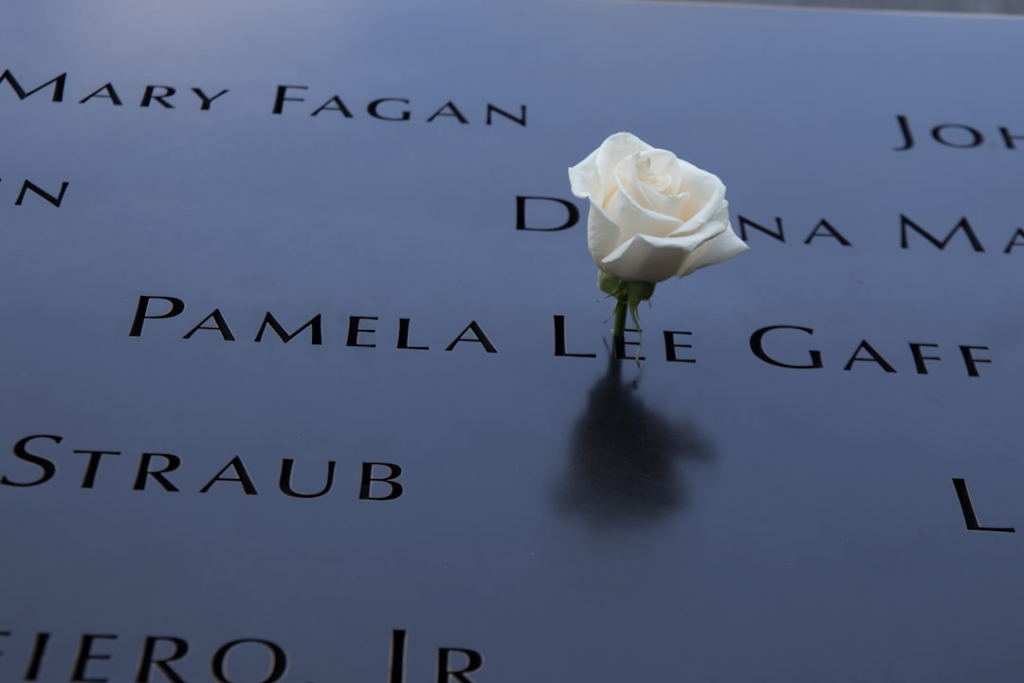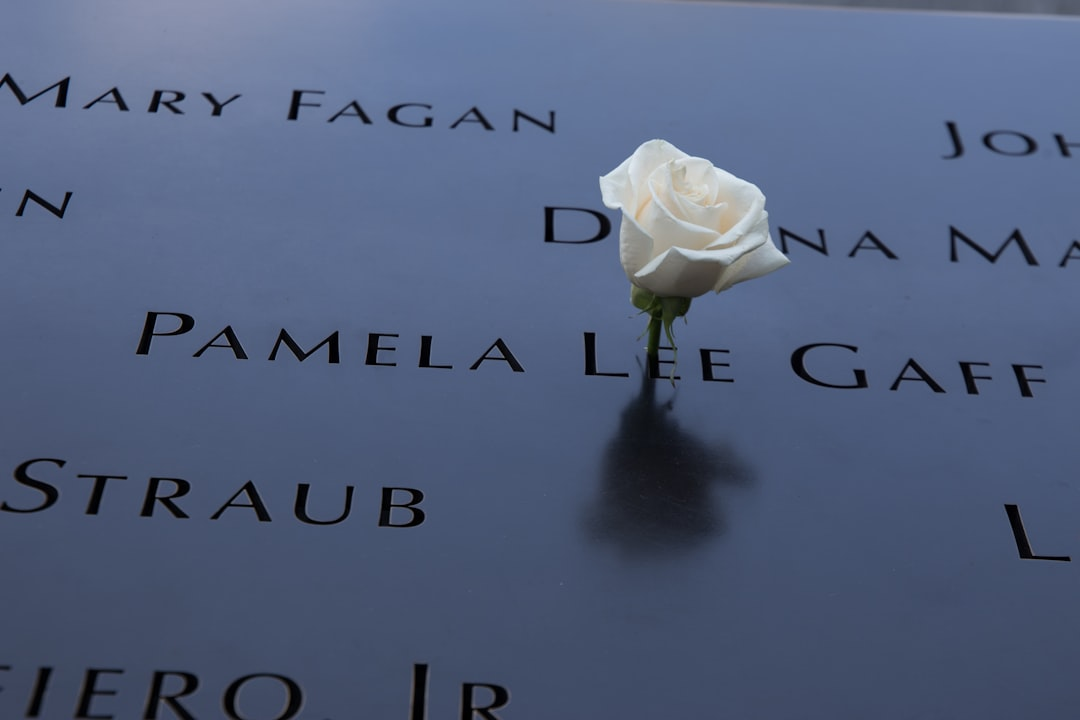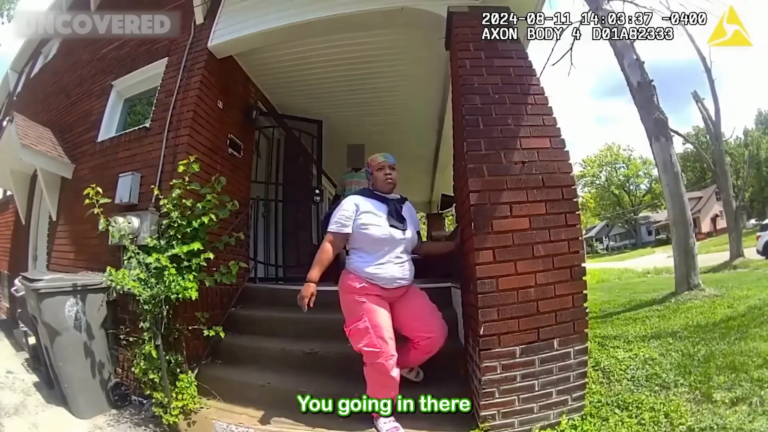
The squatter crisis in San Diego has escalated into a public safety emergency, with vacant homes becoming breeding grounds for vandalism and danger. This blog explores the deep-rooted issues surrounding this phenomenon, the impact on neighborhoods, and the urgent need for solutions.
Table of Contents
- Understanding the Squatter Crisis
- The Impact of Squatters on Neighborhoods
- A Disturbing Case Study: Cotton Street
- Frustrations of Local Residents
- The Scale of the Problem: Vacant Homes in San Diego
- Ineffective Police Responses
- Nightmare Scenarios: Life Near Squatters
- City’s Response and Legal Limitations
- Tragedy Strikes: A Call for Action
- Community Concerns and Safety Questions
- The Ongoing Battle for Safe Neighborhoods
- How to Address the Squatter Issue
- FAQs about Squatters and Property Rights
Understanding the Squatter Crisis
The squatter crisis in San Diego represents a multifaceted issue that extends beyond mere property rights. It encapsulates a growing concern regarding public safety, community integrity, and the very fabric of neighborhoods. With over 75,000 vacant homes in San Diego County, the potential for these properties to become havens for illegal activities is alarmingly high.
Squatters often take advantage of the legal gray areas surrounding vacant properties. Many property owners are either unaware of the situation or unable to respond promptly due to bureaucratic hurdles. This pervasive issue requires urgent attention, as the consequences of inaction are becoming increasingly dire.

Photo by Hin Bong Yeung on Unsplash
The Cycle of Neglect
When homes are left unoccupied, they inevitably fall into disrepair. Broken windows, overgrown yards, and accumulating trash signal neglect, attracting squatters looking for shelter. This cycle fosters a sense of lawlessness, where the absence of oversight encourages vandalism and other illicit activities.
Local authorities often find themselves in a difficult position. They must balance the rights of property owners with the need to maintain community safety. Unfortunately, this balancing act can lead to prolonged periods where communities suffer while waiting for action.

Photo by Francisco Moreno on Unsplash
The Impact of Squatters on Neighborhoods
The presence of squatters in a neighborhood can lead to a rapid decline in property values and quality of life for residents. As homes become occupied by unauthorized tenants, the atmosphere shifts from one of safety and community to one of fear and uncertainty.
Declining Property Values
Real estate is often seen as a stable investment. However, when a neighborhood is plagued by squatters, property values can plummet. Homeowners may find themselves unable to sell their properties or forced to sell at a loss.
- Increased vandalism and damage to property.
- Higher rates of crime associated with abandoned homes.
- Decreased appeal for potential buyers or renters.

Photo by Maxim Hopman on Unsplash
Community Safety Concerns
Residents living near squatter-occupied homes frequently report feelings of vulnerability. The potential for criminal activity, ranging from theft to violent confrontations, creates a pervasive atmosphere of fear. This not only affects the mental health of community members but also disrupts the social fabric that binds neighborhoods together.

Photo by Vonecia Carswell on Unsplash
A Disturbing Case Study: Cotton Street
Cotton Street in San Diego serves as a poignant example of the squatter crisis. Once a peaceful neighborhood, it has been transformed into a battleground for residents struggling to reclaim their community. The presence of squatters has led to rampant vandalism, noise disturbances, and a general decline in the quality of life.
The Nuisance Factor
Residents on Cotton Street report daily disturbances, ranging from loud parties to aggressive confrontations. These issues not only disrupt the peace but also create an environment where families no longer feel safe.
- Frequent noise complaints from parties.
- Reports of drug use and violence.
- Visible signs of neglect, such as litter and graffiti.

Photo by Scott Webb on Unsplash
Community Response
The community has banded together in an effort to address the squatter problem. However, their frustrations are palpable. Neighbors feel abandoned by local authorities who seem slow to act. Many have taken it upon themselves to document the issues, hoping that increased visibility will prompt action.
Frustrations of Local Residents
Residents across San Diego are expressing their frustrations over the squatter crisis. Many feel that their concerns are being met with indifference, leading to a sense of helplessness. As the problem persists, so too does the community’s anger and desperation for a solution.
A Call for Action
Residents have voiced their desire for more proactive measures from local authorities. They demand quicker responses to complaints and more robust strategies to secure vacant properties. The growing sentiment is that if the city does not act decisively, the situation will only worsen.
- Desire for increased police presence in affected areas.
- Calls for community meetings to discuss solutions.
- Need for better communication from local officials.

Photo by Egor Myznik on Unsplash
The Scale of the Problem: Vacant Homes in San Diego
With a staggering 75,000 vacant homes in San Diego County, the scale of the squatter crisis cannot be overstated. Each of these properties represents a potential risk to community safety and stability. The question remains: what can be done to address this growing concern?
Understanding the Numbers
The number of vacant homes is not just a statistic; it reflects a systemic issue. High vacancy rates often correlate with economic downturns, leading to increased squatting activity. This creates a vicious cycle where neighborhoods continue to decline, further exacerbating the problem.
- Vacant homes attract crime and vandalism.
- Increased burden on local law enforcement.
- Community members feel unsafe and marginalized.

Photo by Blake Weyland on Unsplash
Ineffective Police Responses
Residents consistently report that police responses to squatter-related complaints are inadequate. Many have experienced delays or no action at all, leading to a growing sense of frustration and helplessness. This lack of effective response undermines community trust in local law enforcement.
The Legal Limitations
Local law enforcement is often constrained by legal processes that prioritize property rights over public safety. While the intent is to protect property owners, this approach can leave communities vulnerable to the negative consequences of squatting.
- Prolonged response times to emergency calls.
- Limited authority to intervene in private property disputes.
- Frustration among residents due to perceived inaction.
Nightmare Scenarios: Life Near Squatters
Living near squatter-occupied homes can turn into a waking nightmare for residents. The presence of unauthorized tenants brings a host of problems, from theft to safety concerns. Families are left to navigate a landscape of uncertainty and fear.
Real-Life Consequences
Many families have reported traumatic experiences that have reshaped their view of safety in their own neighborhoods. From witnessing violent confrontations to dealing with property damage, the impact is profound.
- Increased incidents of theft and vandalism.
- Heightened anxiety and stress among residents.
- Children unable to play outside due to safety concerns.

Photo by Natalya Zaritskaya on Unsplash
City’s Response and Legal Limitations
The city of San Diego faces a daunting challenge in addressing the squatter crisis. Legal limitations often hinder swift action, leaving neighborhoods vulnerable. While city officials claim to respond promptly to complaints, the reality is that bureaucratic processes can delay meaningful interventions.
The Legal Framework
Local laws prioritize property rights, which complicates the ability of authorities to act against squatters. Property owners are given significant leeway before any enforcement measures can be taken. This often results in a frustrating cycle where communities suffer while waiting for action.
- Legal processes can take weeks or months to resolve.
- Authorities must provide property owners with opportunities to address the situation.
- Neighbors often feel powerless while waiting for resolution.

Photo by Albert Stoynov on Unsplash
Frustration Among Residents
Residents are increasingly frustrated with the perceived inaction of local authorities. Many have reported feeling abandoned as they watch their neighborhoods decline. The lack of timely response not only exacerbates the squatter issue but also erodes trust in local governance.

Photo by Dylan Gillis on Unsplash
Tragedy Strikes: A Call for Action
Recent tragedies have highlighted the urgent need for action to address the squatter crisis. The death of a twelve-year-old boy in National City serves as a devastating reminder of the stakes involved. Such incidents call for a reevaluation of how cities handle vacant properties and squatter situations.
The Aftermath of Tragedy
In the wake of the tragedy, community members are demanding stronger measures. They want to see property owners held accountable and local authorities taking a more proactive approach. Unfortunately, it often takes a crisis for change to occur, leading to a reactive rather than proactive stance.
- Community meetings have become a platform for voicing concerns.
- Residents are calling for immediate intervention from city officials.
- Public safety must be prioritized over property rights.

Photo by BEERTA MAINI on Unsplash
Community Concerns and Safety Questions
The presence of squatters raises significant safety concerns for communities. Residents are left questioning their security and the integrity of their neighborhoods. With reports of violence, drug use, and other criminal activities, the atmosphere becomes fraught with anxiety.
Heightened Fear Among Residents
Many families have expressed feelings of vulnerability as they navigate life near squatter-occupied homes. The fear of crime and the unknown creates a toxic environment that impacts daily living. Children can no longer play freely, and parents constantly worry about their safety.
- Reports of violent confrontations escalate fears.
- Increased police presence is requested by anxious residents.
- Communities are becoming divided over safety and security issues.

Photo by Nathan Dumlao on Unsplash
The Ongoing Battle for Safe Neighborhoods
Communities across San Diego are locked in a battle to reclaim their neighborhoods from the clutches of squatters. This ongoing struggle is not just about property rights; it’s about the very essence of community safety and cohesion. Residents are growing weary of the constant fight against neglect and lawlessness.
Community Initiatives
In response to the crisis, several neighborhoods have taken proactive measures. Residents are banding together to document incidents, engage with local officials, and push for policy changes. Their collective efforts aim to restore safety and rebuild trust within their communities.
- Neighborhood watch groups are being formed.
- Community clean-up events are organized to deter squatters.
- Residents are advocating for stricter enforcement of property laws.

Photo by Pablo Heimplatz on Unsplash
How to Address the Squatter Issue
Addressing the squatter crisis requires a multifaceted approach. It involves collaboration between local authorities, property owners, and community members. Here are some strategies that can lead to effective solutions.
Proactive Property Management
Property owners must take responsibility for their vacant homes. Regular maintenance and security measures can deter squatters and prevent properties from becoming targets for illegal activities.
- Boarding up windows and doors can prevent unauthorized access.
- Regular inspections can identify issues before they escalate.
- Engagement with local law enforcement to report suspicious activity.

Photo by Reinis Birznieks on Unsplash
Community Collaboration
Neighborhoods should work together to create a united front against squatters. By sharing information and resources, communities can foster a safer environment. Collaboration can lead to stronger advocacy for policy changes that prioritize community safety.
- Establishing communication channels with local officials.
- Organizing community forums to discuss strategies.
- Creating a database of vacant properties to monitor activity.

Photo by Scott Graham on Unsplash
FAQs about Squatters and Property Rights
As the squatter crisis continues to evolve, residents have many questions regarding their rights and available recourse. Understanding these issues is crucial for effective action.
Common Questions
- What are my rights as a property owner? Property owners have the right to secure their homes and seek legal recourse against unauthorized occupants.
- How can I report squatters effectively? Documenting incidents and contacting local law enforcement is essential for initiating action.
- What legal options do I have? Consulting with a real estate attorney can provide guidance on eviction processes and property management laws.







